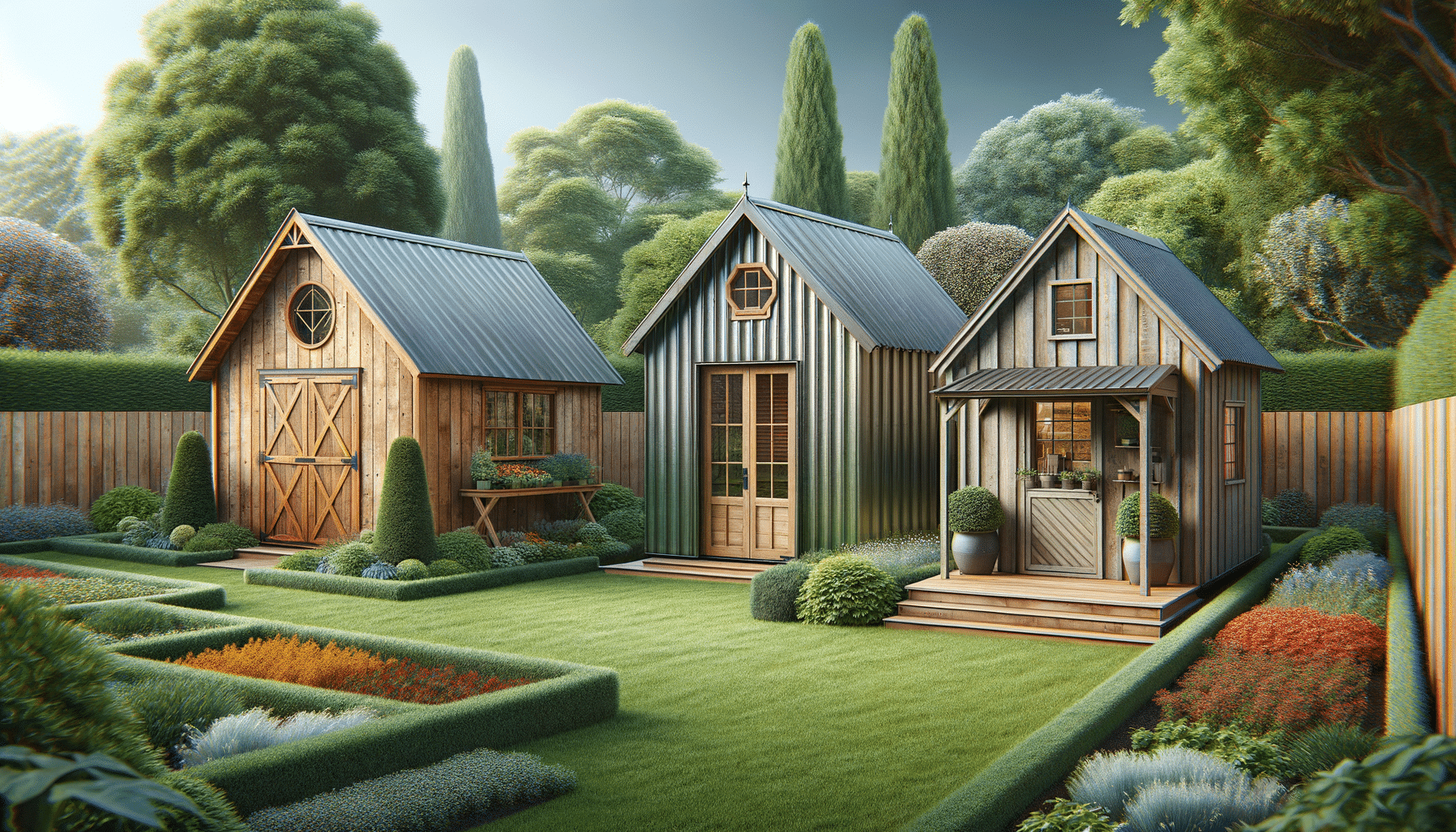
Choosing the Perfect Garden Shed for Your Backyard
Introduction to Garden Sheds
Garden sheds have become an essential feature in many backyards, providing not only a practical storage solution but also enhancing the overall aesthetic appeal of outdoor spaces. In 2025, choosing the right garden shed involves more than just selecting a structure to store gardening tools. It encompasses considerations of space, material, and durability, ensuring the shed serves its purpose effectively over the long term. Whether you are an avid gardener, a DIY enthusiast, or simply need additional storage, a garden shed can be tailored to meet your specific needs.
Understanding Different Types of Garden Sheds
When it comes to garden sheds, there are various types to consider, each offering unique features and benefits. The most common types include:
- Wooden Sheds: Known for their natural appearance, wooden sheds blend seamlessly into garden environments. They offer excellent insulation, making them ideal for workshops.
- Metal Sheds: These are highly durable and resistant to pests, fire, and extreme weather conditions. Metal sheds are low-maintenance and typically less expensive than wooden options.
- Plastic Sheds: Lightweight and easy to assemble, plastic sheds are resistant to rot and rust. They require minimal maintenance and are often UV-protected to prevent fading.
Choosing the right type of shed depends on your specific requirements, including budget, intended use, and aesthetic preferences. Each type has its advantages, and understanding these can help you make an informed decision.
Key Considerations When Choosing a Garden Shed
Selecting the perfect garden shed involves evaluating several key factors to ensure it meets your needs. Here are some considerations to keep in mind:
- Size and Space: Assess the available space in your backyard and determine the size of the shed that will fit comfortably. Consider future storage needs and leave room for potential expansion.
- Material and Durability: The material of the shed impacts its longevity and maintenance requirements. Consider the climate and environmental conditions in your area when choosing materials.
- Purpose and Functionality: Define the primary purpose of the shed. Will it be used for storage, as a workshop, or a combination of both? This will influence the design and features you require.
- Budget: Garden sheds come in a wide range of prices. Set a budget that aligns with your financial situation while ensuring the shed meets your quality and functionality expectations.
By taking these factors into account, you can select a garden shed that not only fulfills your current needs but also adapts to future changes.
Enhancing Your Garden Shed with Accessories
Once you have chosen the perfect garden shed, enhancing it with accessories can maximize its utility and comfort. Consider the following additions:
- Shelving and Storage Solutions: Install shelves, hooks, and racks to organize tools and equipment efficiently.
- Lighting and Ventilation: Add windows or skylights for natural light and ventilation, or install electric lighting for extended use.
- Security Features: Ensure your shed is secure with locks or alarm systems to protect valuable items.
- Decorative Elements: Personalize your shed with paint, planters, or decorative accents to match your garden’s theme.
These enhancements not only improve the functionality of your shed but also make it a more pleasant space to spend time in.
Conclusion: Making the Most of Your Garden Shed
Choosing the right garden shed is a decision that can significantly impact the functionality and aesthetics of your backyard. By considering factors such as size, material, and intended use, you can select a shed that meets your needs and enhances your outdoor space. Whether you use it for storage, as a workshop, or a creative retreat, a well-chosen and accessorized garden shed can become a valuable addition to your home. Embrace the potential of your garden shed and transform it into a space that reflects your personality and lifestyle.